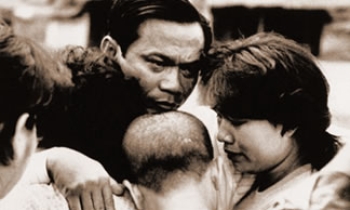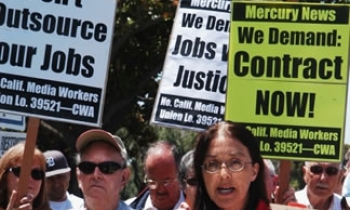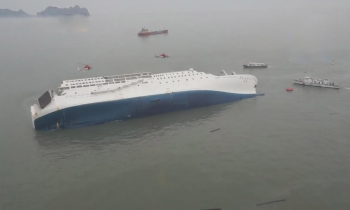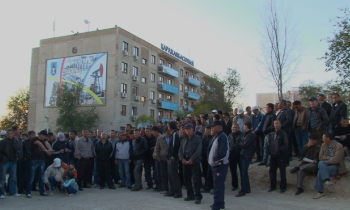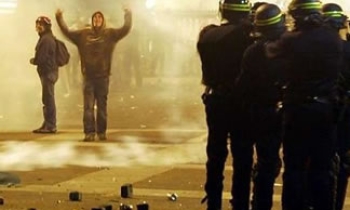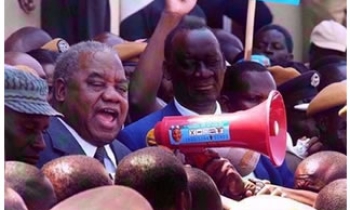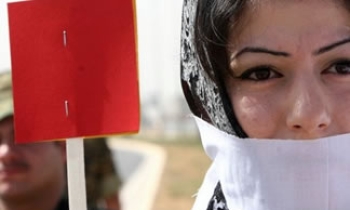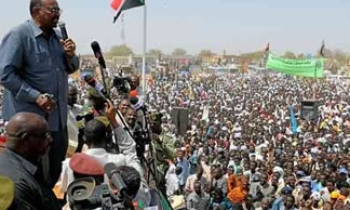There was a time when editors were not seen or heard, only read. One of the best illustrations of the original ‘ivory tower’ approach was NJ Nanporia, a venerable editor at The Times of India in the 1960s. Apparently, Nanporia was shopping in a local market when he found a certain gentleman
smiling at him continuously. His curiosity getting the better of him, Nanporia asked the man who he was. Pat came the introduction: “I am your chief reporter sir!”.
The story maybe a part of the apocryphal archives of the Old Lady of Boribunder, but only highlights how editors in an era gone by rarely stepped out of their cabins. A far cry from today’s television era where the editor-anchor is an instantly recognisable ‘celebrity’. Self-effacing anonymity is almost a handicap in this age of personality cults that can encourage delusions of grandeur (note: this article is accompanied by a photograph of your columnist, something which would have seemed heretical a few years ago).
It’s not just the self-image of the editor that has changed. There has also been a dramatic transformation in the persona of the public relations professional. In the late 80s, one distinctly recalls how every Diwali we’d look at the business desk with a tinge of envy as the festival ‘baksheesh’ would arrive for the markets reporter from a rather sad-looking PR manager. The suitpiece has been replaced by i-Pads, but even more importantly, the lowly paid public relations executive has given way to smart-suited corporate communication MBAs. Where once PR was identified with ensuring a single column space for a company handout, it’s now been replaced by high-profile ‘advocacy’ campaigns designed to influence not just the journalist but the entire policy-making apparatus.
The Niira Radia tapes exemplify this shift. They suggest the arrival of the corporate ‘lobbyist’ as a distinct entity in the decision-making process — not just as some shadowy operator, but as an upwardly mobile, highly sophisticated mover and shaker. They also confirm that the period of the editor as a detached observer has given way to a more ‘active’ presence in the newsmaking process. Unfortunately, instead of analysing the implications of what this means for journalism and public policy, a section of the media has preferred to focus on individual journalists caught on tape, thereby losing sight of the big picture.
That there are journalists who get seduced by wealth and power and with a low moral quotient end up as ‘fixers’ is one of the profession’s worst-kept secrets. But let’s be honest: for the moment there is no direct evidence on the tapes of any illegal gratification, or wider ‘conspiracy’ on part of the journalists as has been suggested. What the snatches of conversations do reveal is a worrying proximity between corporates, politicians and editors, leading to professional indiscretions and a blurring of lines between ‘source’ and journalist. But they certainly don’t justify the kind of lynch-mob outrage that has accompanied their disclosure. ‘Shock and awe journalism’, based on assumptions rather than facts, may titillate the reader, but they can’t bring us any closer to the truth.
The truth is that the Radia tapes are less about mala fide journalism, and more about just how high-stake corporate wars, be they over telecom or gas, can eventually ‘subvert’ an entire system. Then, whether it is decisions on who should speak during a budget debate in Parliament or how spectrum allocation should be done or even who should be in the Cabinet, it’s apparent that the entire exercise is designed to protect the vast business interests of a handful of oligarchs with the help of corrupt netas and willing babus.
Where does the journalist fit into this larger scheme? In the classical mould, a journalist should be the guerrilla in the system, looking to expose and investigate. Unfortunately, the journalist has been co-opted into the power elite when he should really be the quintessential ‘outsider’. As a result, the robust Indian tradition of adversarial journalism has been mortgaged at the altar of cosy networks.
At one level, the ethical decline is a consequence of changing market realities. In a highly competitive news universe, access is the key, a privilege that is often dependent on building personal equations. Film journalists, for example, are expected to give favourable reviews if they want an ‘exclusive’ interview with a star. Lifestyle journalists rely on sponsored deals to travel the world. Political journalists get identified with individual and ideological camps to get ahead, often with a brazen disregard for neutrality. Business journalism is even more difficult because the commercial muscle of major advertisers can conflict with the notion of journalistic independence.
When was the last time corporate corruption was exposed with rigour in the media? Most business interviews are soft focus profiles, designed as image-building exercises rather than genuinely inquisitorial. Ramalinga Raju, the now imprisoned Satyam boss, was feted as a role model till a self-confession revealed the rot within. Ketan Parekh’s stock market acumen was lauded till it all came crashing down. Perhaps, the Harshad Mehta scam in the early 1990s is the last example of a journalist-driven investigation resulting in financial fraud being exposed.
Ironically, the 2G scam has also been one of the Indian media’s finest hours, highlighting the positive role the media can play in exposing powerful business and political interests. The CAG report may have been the final nail in A Raja’s coffin. But for the last two years, many journalists, both in print and TV, have repeatedly warned of the corruption underlying spectrum allocation. The sustained anti-corruption campaigns against CWG officials and Adarsh-like scams are a sign that maybe journalism is slowly going through a process of self-renewal to recapture its lost soul and credibility. Amen!
Post-script: In recent times, the media have lived by the dictum of ‘guilty till proven innocent’. Guess the concept of trial by media has now come back to sting the media itself!
Rajdeep Sardesai is Editor-in-Chief, IBN 18 Network n rajdeep.sardesai@network18online.com The views expressed by the author are personal

